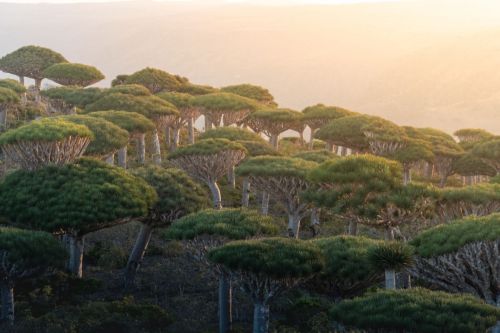Although it is associated mainly with the Central Europe landscape, anyone who thinks that this plant does not occur on other continents is wrong. Various species of birch are found from North America through Europe to Asia. It is known for its health-promoting properties, which have been used since ancient times. In addition to its healing properties, birch bark also provided food in difficult times. Since the 1870s, it has been appreciated by gardeners, thanks to whom many interesting decorative varieties were created.
They can appear as both trees and shrubs. There are 30 to 60 species of birches, 11 of which are on the endangered species list.
Birches are among the first trees to inhabit new areas. They cover the northern hemisphere and occur in circumpolar and temperate climates.
One of the taller ones is paper birch and the lower ones are dwarf birch. These plants also differ in the size of their leaves, which can be from 5 mm to 15 cm in length.
It is made of thin paper-like flakes, usually white. However, there are other species with dark gray and reddish bark.
This means that one individual has both male and female inflorescences. Male flowers bloom in autumn and are not covered with scales. They are equipped with two or three stamens with anthers. Female flowers overwinter in buds and develop only in spring. They are located on the tips of young leaf shoots.
Silver birch, for example, blooms from April to May. The fruits are formed at the end of summer (usually in early August).
The lifespan of a birch tree is approximately 140 years. The oldest living birch grows in Sweden. It probably began to sprout around 1750.
Of course, this is the inner bark, which can even be eaten raw in emergencies. Birch bark can also be dried and ground into flour. Both Native Americans and the first European colonizers prepared flour from the bark of these plants. Another way to prepare the bark is to cut it into strips and cook it into pasta.
Birch bark extract supports wound healing, which is why special ointments are prepared on its basis.
It is called Succus Betulae and was already known in the early Middle Ages. It was consumed both as a refreshing and medicinal drink. Birch sap primarily has a positive effect on the urinary system.











